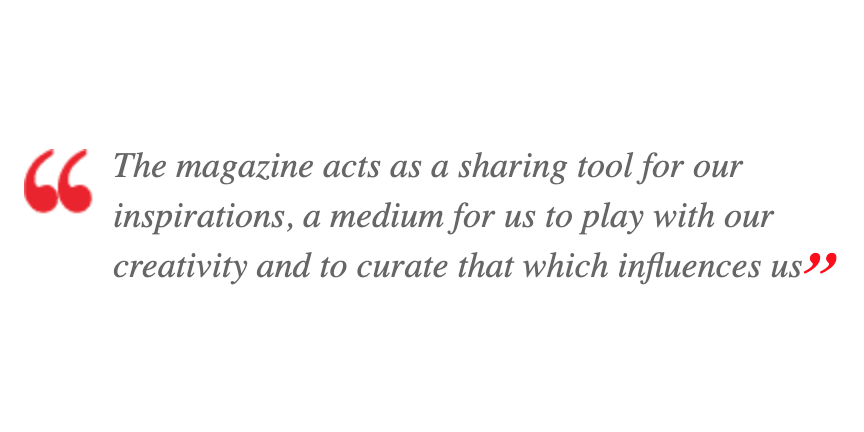Glossy pages, heavy cover stock, ads touting fashion that may be haute couture look more like something out of Whoville … mass market fashion magazines over the past few generations have strayed away from the “what should I wear” and into “I don’t see myself in that.”

That move left an opening in the fashion magazine niche, and some savvy brands have stepped into the void with their own magazines.
“Porter by high-end fashion website Net-a-Porter is one of those success stories of a brand starting its own magazine. It allows customers to shop content right off the page,” writes Summer Brooks in Print Monthly. “Getting customers to subscribe to the magazine, which retails at £6 a copy, increased the frequency with which they went on to the website by 25%, and their spending by a huge 125%. The company tapped into a section of the market that it claims mainstream fashion magazines have lost touch with.”
When they launched in early 2016, they even declared themselves the “next level” in fashion publishing – at the same time that the magazine industry was swinging from mass market to niche. Porter was launched with an eye toward “shoppability,” a user experience that transcends the fashion industry standards of advertising by bridging the gap between what the reader sees on the page and has hanging in her closet.
As publisher Tess Macleod Smith noted in 2015, “Fashion magazines have become so industry-focused, they have lost sight of their consumer. We went right back to the magazines of the ’50s and ’60s – they helped women get dressed.”
(Again, we hear the mantra of audience-centric content as being the lynchpin to all of this. ALL of this.)
And it works beautifully to curate a “mood board” of a company’s values and styles, Brooks notes. But can it pay the bills, with print advertising still a bit cool as a tactic?
“A 2017 report by Zenith revealed that luxury brands still spend 72% of their spending budget on print advertising,” Brooks explains, “and this has been attributed to the fact that luxury brands, especially in fashion, want to remain exclusive. This presents an opportunity for print, as these brands are not looking to plaster their products over social media or pay influencers to post content with their name in tow.”
For brands that take advantage of this opportunity, they are rewarded with an audience open to receiving their ads. For fashion brands that turn away from print – Calvin Klein recently announced they are “moving away from print” and going all digital for advertising – they may be missing out.
“So, it is a complicated situation for fashion brands,” Brooks explains. “Whilst many see value in digital – and there is – so many are overlooking print as a medium to communicate, generate ideas and provide inspiration to an industry that is always hungry for a new aesthetic.”
Feeding that need is where Porter and other fashion brand print comes in; the market wants what it wants. Fashion-conscious people want to know what to wear, and were to find it. For the new breed of publishers, knowing how to deliver this and stay true to your brand is the defining factor.

December 20, 2018, 3:27 pm